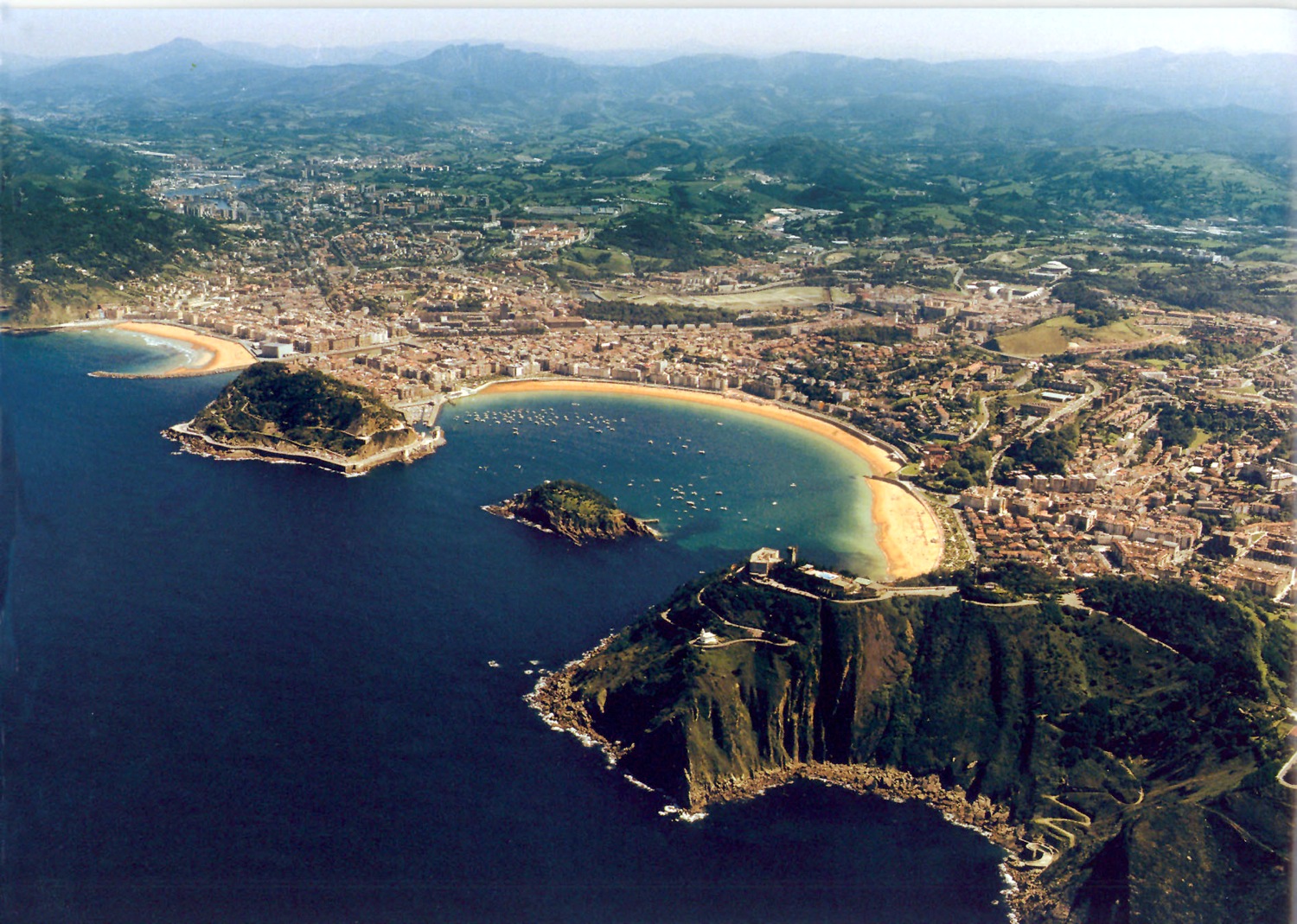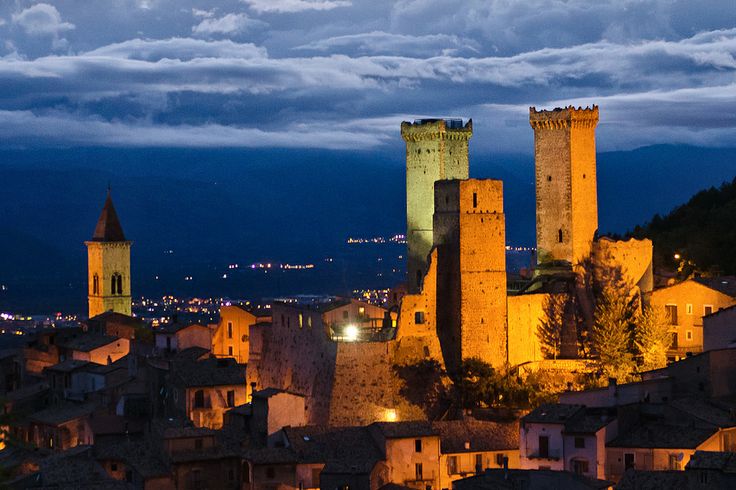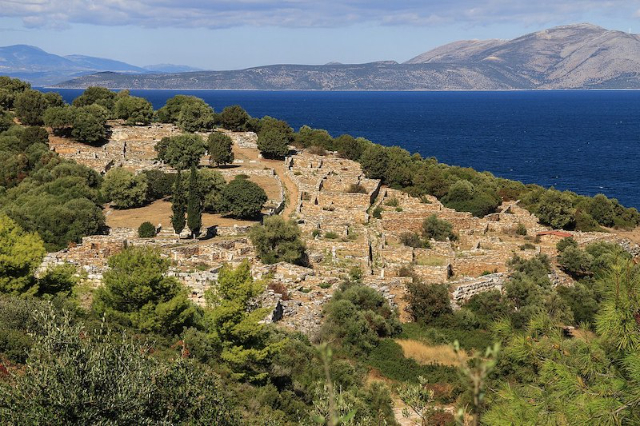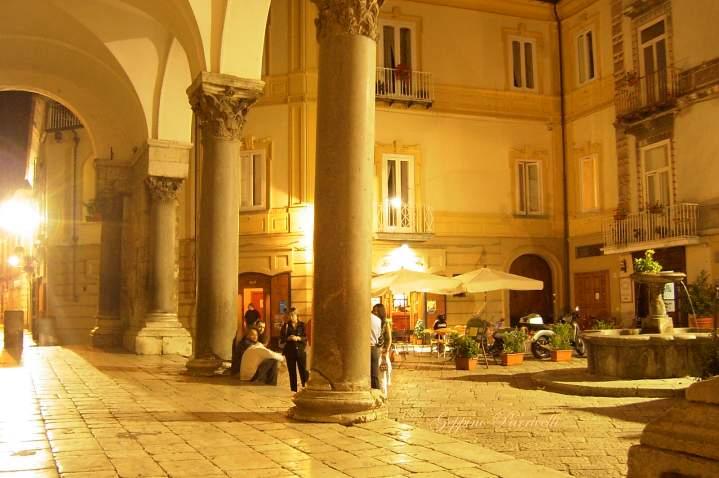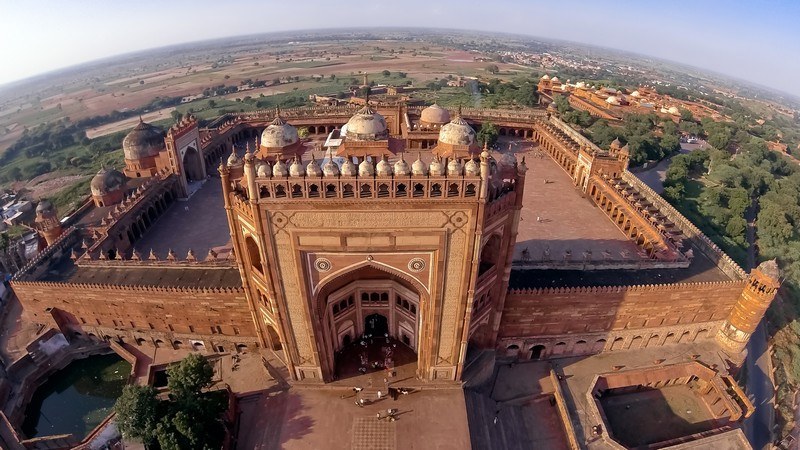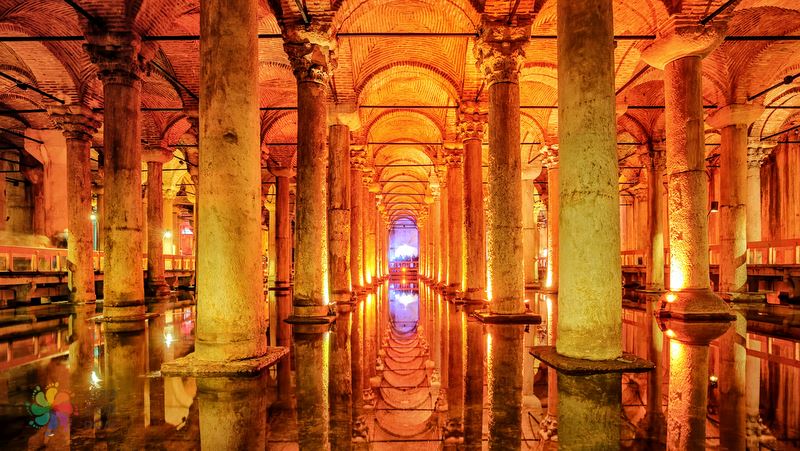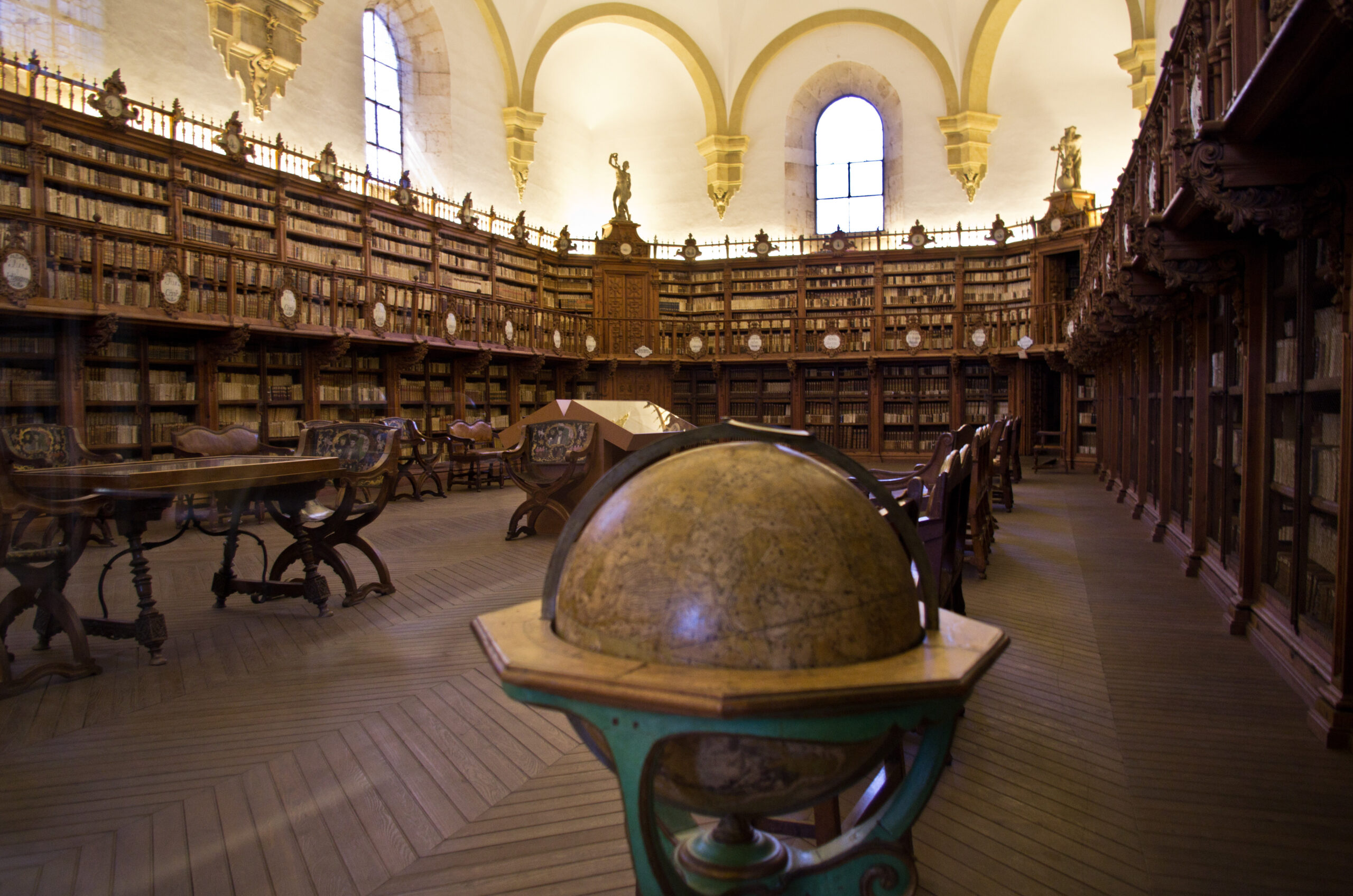The city of San Sebastián (in Basque: Donostia, 181,700 inhabitants), capital of the province of Guipúzcoa, is located on the Cantabrian Sea about twenty kilometers from the French border. Its proximity to France, to the coast, and its privileged position on the Camino de Santiago favored the development of this small city.
About 100 km away from Bilbao, San Sebastián is a popular tourist resort (also frequented by Queen Isabel II of Spain and by the aristocratic class), loved above all for its beaches, its picturesque waterfront and its excellent cuisine (not only because it can boast several "Michelin stars", but also because it is "la capital mundial del pintxo". Pintxo are very similar to tapas, but differ in preparation).
San Sebastián, a happy combination of tradition and modernity, is a city on a human scale, and the best way to discover it is on foot or by bicycle. Alternatively, you can always count on an efficient transport network (including tourist: with cable cars, catamarans and trains).
If you decide to travel by public transport, buy the San Sebastián Card, which will allow you to take advantage of favorable rates.
The urban area of San Sebastián is built around the Concha Bay and is bordered by Mount Igeldo and Mount Urgull. At the foot of Mount Igeldo, Punta Torrepea juts out, where the "Comb of the Winds", a sculptural group by the famous Basque artist Eduardo Chillida, stands out. From here the beautiful beach of Ondarreta develops, enclosed by lovely gardens and the Pico de Loro (a mountain just under 1300 meters high).
San Sebastián – Basque Country
San Sebastian
inShare
San Sebastián – Basque Country
The city of San Sebastián (in Basque: Donostia, 181,700 inhabitants), capital of the province of Guipúzcoa, is located on the Cantabrian Sea about twenty kilometers from the French border. Its proximity to France, to the coast, and its privileged position on the Camino de Santiago favored the development of this small city.
About 100 km away from Bilbao, San Sebastián is a popular tourist resort (also frequented by Queen Isabel II of Spain and by the aristocratic class), loved above all for its beaches, its picturesque waterfront and its excellent cuisine (not only because it can boast several "Michelin stars", but also because it is "la capital mundial del pintxo". Pintxo are very similar to tapas, but differ in preparation).
San Sebastián, a happy combination of tradition and modernity, is a city on a human scale, and the best way to discover it is on foot or by bicycle. Alternatively, you can always count on an efficient transport network (including tourist: with cable cars, catamarans and trains).
If you decide to travel by public transport, buy the San Sebastián Card, which will allow you to take advantage of favorable rates.
The urban area of San Sebastián revolves around the Concha Bay and is bordered by Mount Igeldo and Mount Urgull. At the foot of Mount Igeldo, Punta Torrepea juts out, where the "Comb of the Winds", a sculptural group by the famous Basque artist Eduardo Chillida, stands out. From here the beautiful beach of Ondarreta develops, enclosed by lovely gardens and the Pico de Loro (a mountain just under 1300 meters high).
Walking through the city, you can admire different cultural and artistic evidences: San Sebastián is in fact an open-air museum, dominated by the statue of the Sagrado Corazón, 12 meters high, located on Mount Urgull and work of Federico Coullaut.
San Sebastian Walking through the narrow and picturesque streets of the Old Town, in the Calle Narrica, you can admire the Iglesia de San Vicente, built in the sixteenth century, in Gothic style, is the oldest church in the city and is famous for the Pieta ("Piedad"), the artist Jorge Oteiza. Also in the old town, there is the Basílica de Santa María, an impressive 18th century Baroque work. Not far from the Basilica, we find another large and important religious building, the Catedral del Buen Pastor, built in slate and inaugurated in 1897, is distinguished by its particular architectural style of medieval inspiration and "La Cruz de la Paz", (visible on its facade) by the sculptor Eduardo Chillida. It is the largest church in the city.
The Avenida de Espa?a is the main street of the new city: after crossing the square of Guipuzkoa, it reaches the monumental bridge of Santa Catalina, near which are the Victoria Theater and the Monument dedicated to Admiral Oquendo.
Very interesting, from the architectural point of view, are the Ayuntamiento (building of 1887, today seat of the City Hall, was originally, and until 1924, a Casino) and the majestic Palacio De Miramar (royal summer residence of Queen Maria Cristina).
